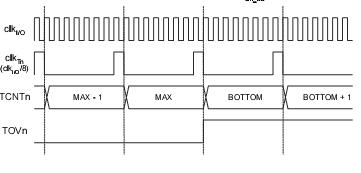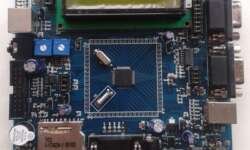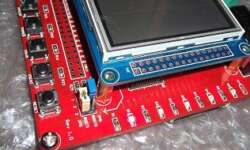JTAG wiggler clone for ARM microcontrollers

The Olimex ARM JTAG clone is well known as there are many schematics on the internet available. Circuits are straightforward and seem to be reliable. This adapter can also be set up to work with WinARM tools: obdremote and gdb/Insight-gdb. In the circuit, there is a critical part that needs to be considered – 74HC244 buffer IC. Family of HC support less than 4.8V if powered with 3.3V. But reality shows that Parallel port voltage usually is lower than 5V so that HC will fit. But of course, it is better to measure the HIGH state of parallel port pins. To be more sure, HC should be replaced by 74LVP244 or 74LPT244. These chips support 5.5V in entry with a 3.3V supply, but sometimes they are hard to find in the market.











